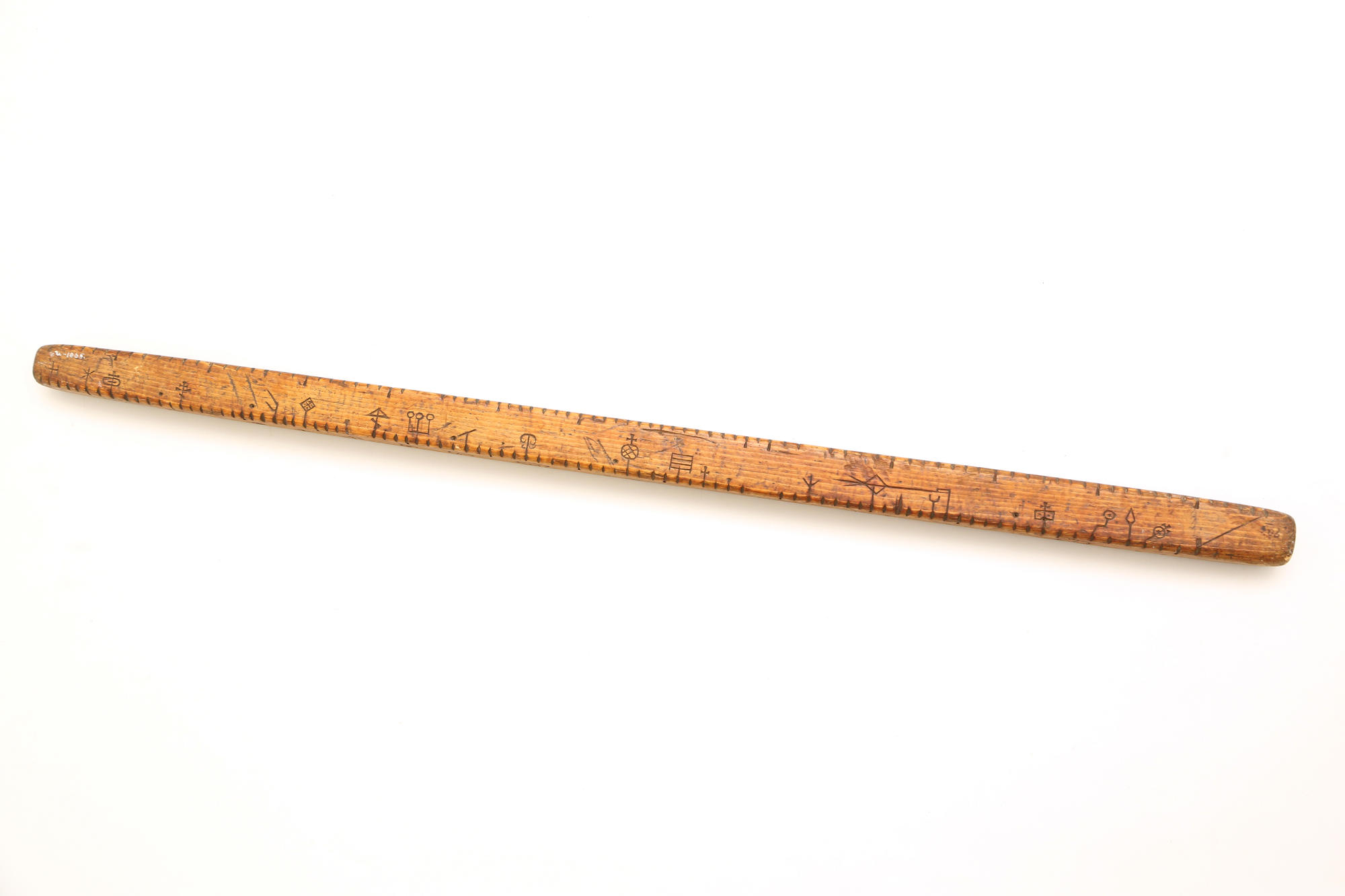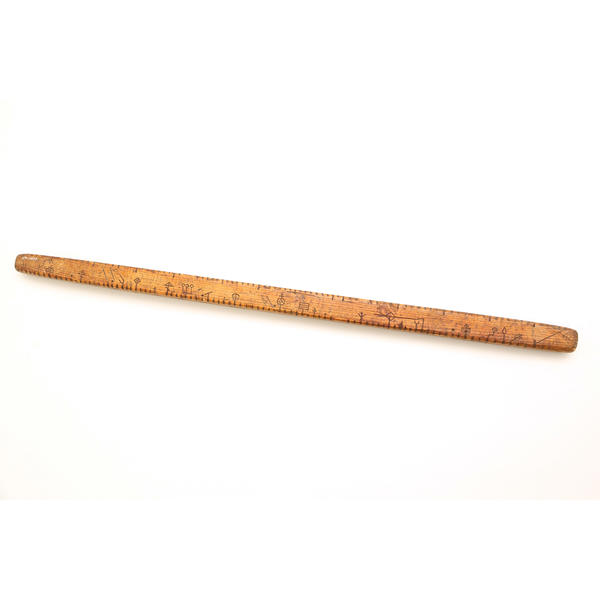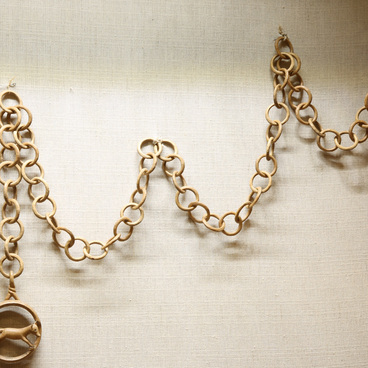This calendar dates back to the second half of XIX century. It used to hang on the wall in a peasant’s home in the village of Abatskoye, the Tumen Region. The head of the household was in charge of the calendar. He knew all of its symbols. А single glance was enough to figure out which holiday it was and the seasonal works that were due in the coming period
#4
Unknown Author
The Peasant Calendar
#5
#2
Application
#6
The calendars were usually made of wood. Impressions were carved on a four-sided bar of wood. The calendars presented the most important religious and family holidays, such as, days, commemorating the Saints, after whom local churches were named, family christenings. Such calendars would be used for many years and passed on from one generation to another. The older they were, the more impressions they had on them.
#7
In 1902 Karp Loginovskii in his essay ‘Everyday Life of the Cossacks in Eastern Transbaikal’ wrote:
‘Wooden calendars or church calendars used to be quite common and functioned as a “resource book”. They played a very important role in the lives of local people, highlighting holidays, fasting periods, Saints’ days and name dates; they were also used as agricultural guides.’
#9
Nicks
#8
Dates were represented by notches on wood (daps), holidays and special events were expressed in symbols or initial letters. The picture of a horseman, for example, symbolized St. George’s Day (Yuriev day) – the day when landlords would pay the peasants for their work and they could officially leave the land and choose another landlord to work for. The plough symbol stood for Jeremy the Harvester (Yeremey Zapryagalnik), a holiday marked on May 1 in the Julian calendar, when planting season began.
#10
Petr Pezhemskii, an Irkutsk chronicler, wrote the following:
“I asked my host, what it was, and he answered: ” My friend, it is our family calendar! We may be illiterate, but we know about these things. This calendar was passed to my family from the grandfather. Our elders used to take it with them deep into the woods, when they went to gather wild honey or squirrel-hunting. Our old folk used to be religious, they carried their calendar around so as not to miss any religious holiday and avoid the wrath of God”.
#3
When the notches and symbols wore off, a copy was made. In the first half of the XX century wooden calendars gradually disappeared, to give way to their paper versions.
#11
O.E. Kler Sverdlovsk Regional Ethnography Museum
read morehide
00:00
00:00
1x
The Peasant Calendar
Creation period
1869
Exhibition
4
Open in app
Share



